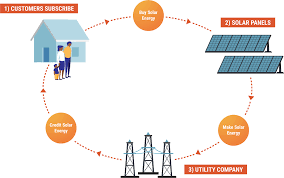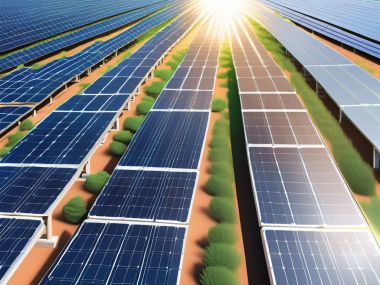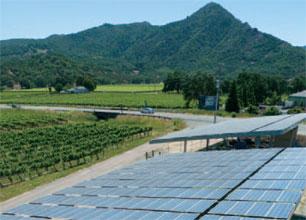- In the pursuit of sustainable energy solutions, solar power emerges as a promising beacon. However, a significant challenge lies in its intermittent nature, reliant on sunlight for generation. Nevertheless, advancements in energy storage technologies have transformed the landscape of solar energy utilization. This prompts the question: Can solar energy be stored for utilization during periods of low sunlight, such as nighttime or cloudy days? The unequivocal answer is yes. Through diverse innovative storage methods, solar energy can be captured during sunny intervals and stored for subsequent use, ensuring a dependable and uninterrupted power supply even in less favorable weather conditions. Let’s explore further into the intriguing realm of solar energy storage and its implications for fostering a sustainable future.
Yes, solar energy can indeed be stored for use during periods of low sunlight, such as nighttime or cloudy days, employing various energy storage technologies. A prevalent method involves the utilization of batteries, particularly solar batteries or energy storage systems. These batteries are designed to accumulate surplus electricity generated by solar panels during peak sunlight hours, typically during the day when solar radiation is abundant. Subsequently, when sunlight is scarce, such as after sunset or during overcast conditions, the stored energy can be tapped into to supply power to residences, commercial establishments, or other electrical devices.
Furthermore, alternative forms of energy storage, including pumped hydroelectric storage, compressed air energy storage, and thermal energy storage, can also be harnessed for the purpose of storing solar energy. These approaches entail converting solar energy into different forms, such as gravitational potential energy or compressed air, which can then be stored and subsequently converted back into electricity as required.
Moreover, solar energy integration with the electrical grid offers another avenue for managing fluctuations in solar generation. Excess energy generated during periods of ample sunlight can be fed into the grid and credited to the generator through mechanisms like net metering or other incentive schemes. Conversely, when solar generation is insufficient, electricity can be drawn from the grid to meet demand.
- In summary, although solar energy production is intermittent and contingent upon sunlight availability, the deployment of energy storage technologies facilitates the continuous use of solar power, rendering it a dependable and adaptable renewable energy source.











